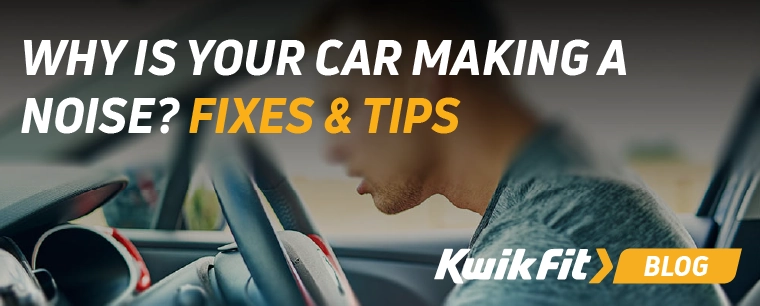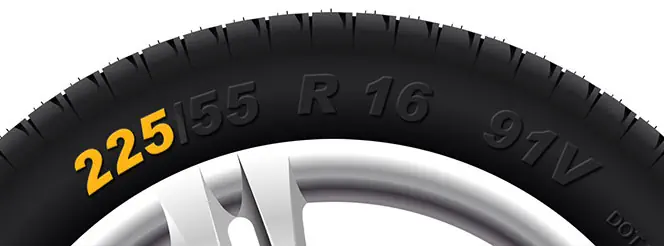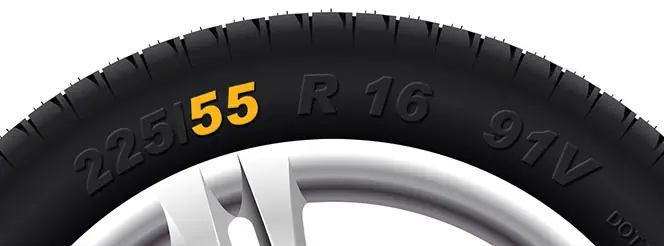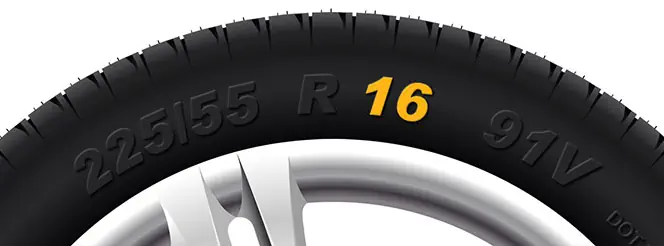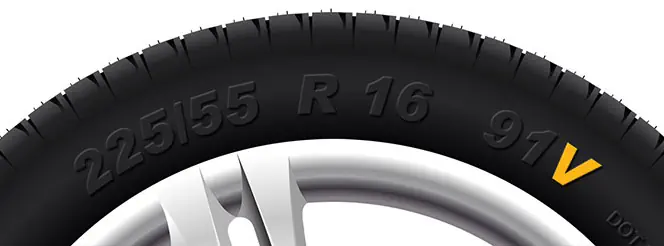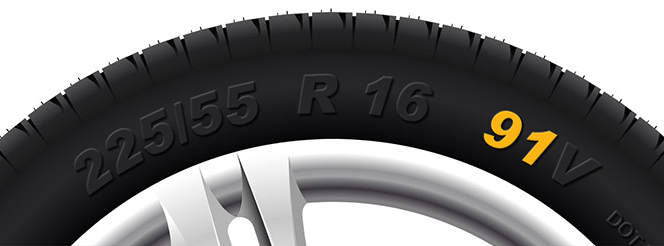Kwik Fit's Tips For Reducing Your Car's Carbon Footprint
Jessica Bird | Wednesday 9th July 2025 8:32am
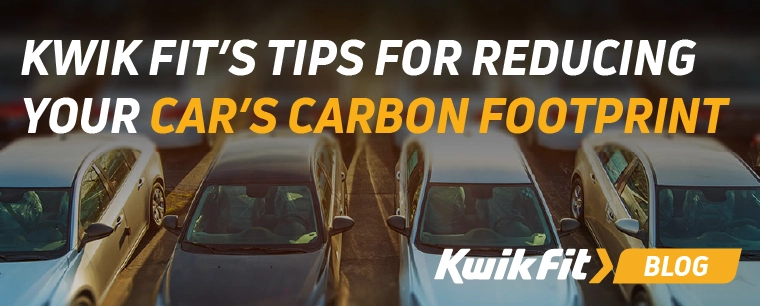
Whether you're commuting daily, running errands, or taking a road trip across the UK, every journey you make has an environmental impact. So, itís natural to want to reduce that environmental impact as much as possible ó but many drivers canít afford to go green overnight. Luckily, going green doesnít mean going electric overnight.
There are plenty of practical steps you can take to reduce your car's carbon footprint and many of them are simpler than you might think. Here are our top tips to help you drive smarter, cleaner, and more sustainably.
1. Keep tyres properly inflated
Maintaining the correct tyre pressure is one of the easiest and most effective ways to improve your vehicleís fuel efficiency. Under-inflated tyres create more rolling resistance, which means your engine has to work harder and burn more fuel. This not only increases emissions but also wears your tyres out faster.
According to recent studies from Michelin, tyres under-inflated by just 15psi can use up to 6% more fuel. Now, 6% may not seem like a great deal more, but it really adds up over time, both in terms of money and carbon emissions.
Itís crucial, therefore, to check your tyre pressure at least once a month and before long journeys. You can find the recommended pressure in your vehicleís manual or inside the driver-side door frame.
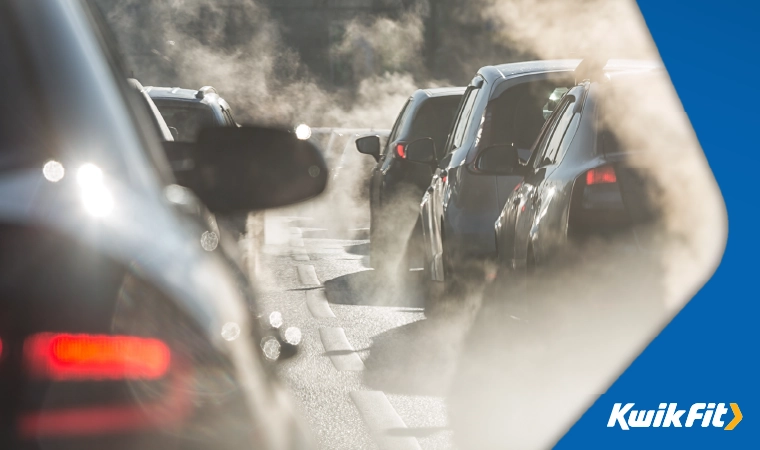
2. Reduce idling time
Idling burns fuel unnecessarily and contributes to air pollution, especially in towns and cities. If you're waiting for someone or stuck in traffic for more than a minute or two, itís better to switch off your engine (whenever itís safe to do so).
Turning off your engine instead of idling can reduce fuel consumption by as much as 10% over time. Plus, it helps improve local air quality which is especially important in busy urban areas or near schools.
Many modern cars have stop-start technology built in, but if yours doesnít, a simple change in habit can go a long way. Not only will you reduce emissions, but youíll also save on fuel costs. Just be sure to keep in mind the drain on your carís battery if your car doesnít have stop-start technology.
3. Lighten the load
Itís easy to forget what's in your boot or back seat, but every extra kilogram adds to your carís workload. Removing unnecessary items (especially heavy ones like golf clubs, toolboxes, or that bag of compost youíve been meaning to drop off for weeks) can dramatically improve fuel efficiency.
Similarly, remove roof boxes and racks when not in use. They create additional drag, which means your engine has to work harder and consume more fuel to get and stay up to speed.
Even carrying an extra 50kg can increase fuel consumption by 1Ė2%, so it really is worth keeping your car clean and clutter-free.
4. Keep up with regular servicing
A well-maintained vehicle runs more efficiently and produces fewer emissions because, when everythingís working smoothly, your engine doesnít have to work as hard to maintain performance. Regular servicing helps ensure that essential components Ė such as the air filter, spark plugs, and engine oil Ė are always kept in top condition.
Dirty air filters can reduce fuel economy by up to 10%, and worn spark plugs can cause misfires, reducing efficiency and increasing harmful emissions. Thatís why keeping up with your service schedule is key.
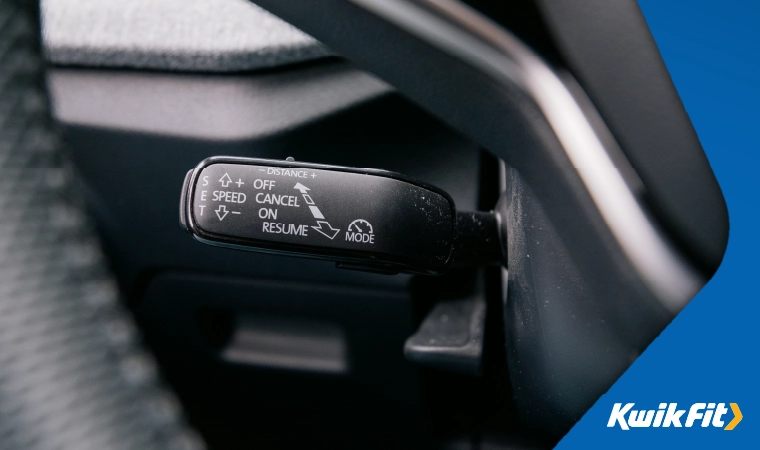
5. Drive smoothly
Aggressive driving, like rapid acceleration, harsh braking, and speeding, increases fuel consumption and emissions more than you might think. Instead, aim for smoother driving habits:
- Accelerate gradually
- Anticipate traffic flow to avoid unnecessary braking
- Stick to speed limits
Using cruise control on motorways can also help maintain a consistent speed and reduce fuel use. An added benefit here is that not only will it reduce wear and tear on your vehicle, but it will also make your journeys more relaxed and enjoyable Ė just remember to stay alert!
According to the Energy Saving Trust, smoother driving can reduce fuel consumption by up to 15% Ė and thatís a big win for your wallet and the environment.
6. Combine journeys
Cold starts use more fuel and emit more pollutants than a warm engine. Where possible, combine errands into one trip rather than making multiple short journeys. This has the two main benefits of reducing your emissions while also being more time-efficient.
Planning your route ahead, such as through using apps to avoid traffic hotspots, can also cut down idle time and fuel use.
7. Consider using eco-friendly fuel options
If you're not ready to switch to an electric vehicle just yet, consider using eco-friendly fuels like E10 petrol, which has a higher ethanol content and produces fewer CO2 emissions. Luckily, this has now become pretty much standard around the UK.
For diesel vehicles, using high-quality fuel additives can help reduce soot buildup and improve combustion efficiency. Make sure you're using the right oil too; low-viscosity, synthetic oils can improve fuel economy and reduce emissions compared to conventional oils.
8. Keep your air con in check
Air conditioning can increase fuel consumption, especially at low speeds. On cooler days, consider opening a window instead (though at motorway speeds, open windows can cause drag).
Itís also worth having your air conditioning system serviced regularly Ė an efficient system works better and uses less energy. Donít forget: if your air con smells musty or isnít cooling as it used to, it might be time for a full service.
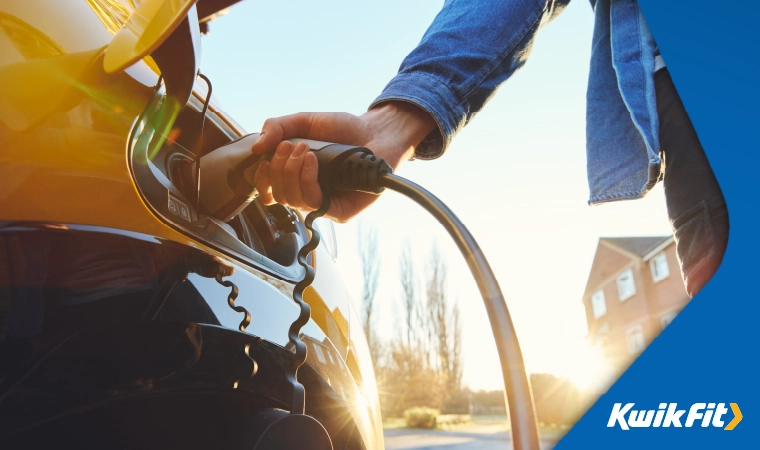
9. Upgrade when you're ready
While our tips help reduce your environmental impact in the short term, switching to a hybrid or electric vehicle is the ultimate step toward low-emission driving. When you're ready, Kwik Fit is here to help you maintain your EV just as efficiently.
We offer EV servicing and can help you understand everything from battery checks to specialist tyre care. Even if youíre not there yet, exploring greener vehicle options is a great step forward.
Keep your car greener & cleaner with Kwik Fit
In the meantime, every small change adds up. By driving smarter and keeping your car in good condition, youíre doing your part for the planet Ė and usually saving money in the process.
And remember, keeping your car well-maintained is the best way to improve its fuel efficiency and lower its carbon footprint. The experts at your local Kwik Fit centre are always on hand to help Ė from half-yearly to full services, theyíll be able to make sure everything is finely tuned and well-oiled. Book a service today.
Any facts, figures and prices shown in our blog articles are correct at time of publication.
Featured Articles
Is it Illegal to Drive With One Headlight?
Saturday 19th July 2025
Wondering if itís illegal to drive with one headlight? Learn about the safety risks and penalties of illegal blown bulbs and why you should fix them promptly.
Air Con in EVs & Hybrids: Experts Answer Your Questions
Monday 30th June 2025
Does air con drain EV batteries? Can you use the air con while charging an electric car? Find out the answers to these questions & more from Kwik Fitís experts.
Why Is Your Car Making a Noise? Fixes & Tips
Friday 13th June 2025
When your car starts making unexpected noises, it can certainly be quite disconcerting; it may be nothing to worry about, but hereís what you need to know.




